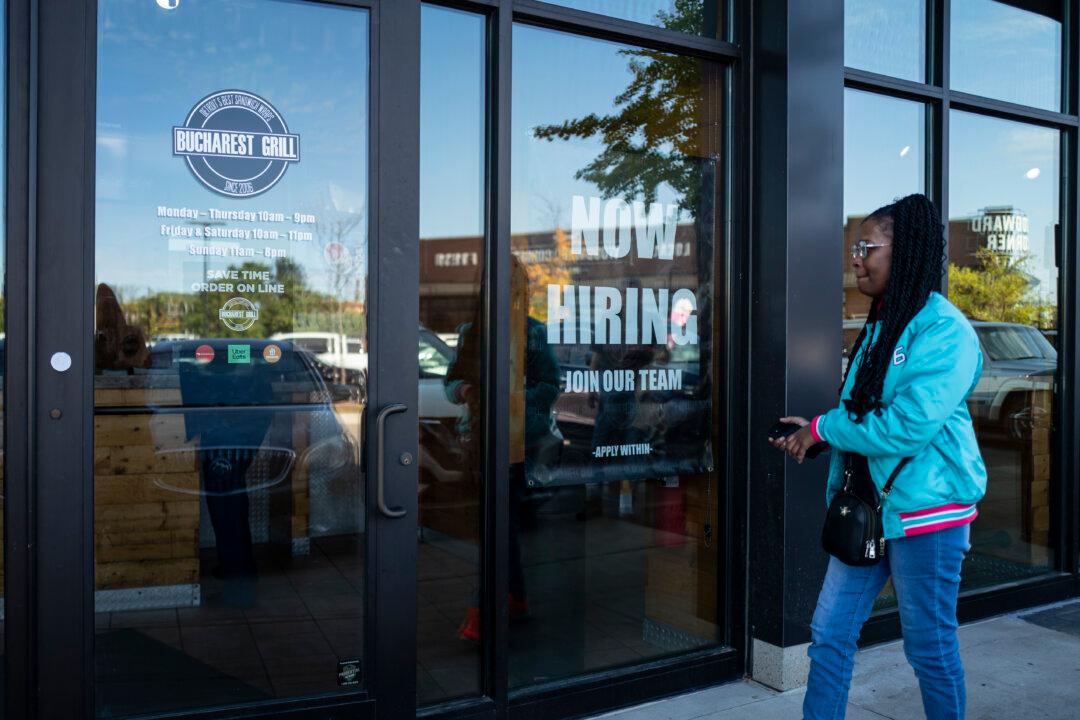Employment growth beat market estimates in April, even as businesses and consumers worry about President Donald Trump’s tariff plans impacting the U.S. economy.
New jobs surged 177,000 for the month, higher than the consensus forecast of 130,000. While this was down from March’s downwardly adjusted 185,000, the April reading was higher than the three-month average of 155,000.





